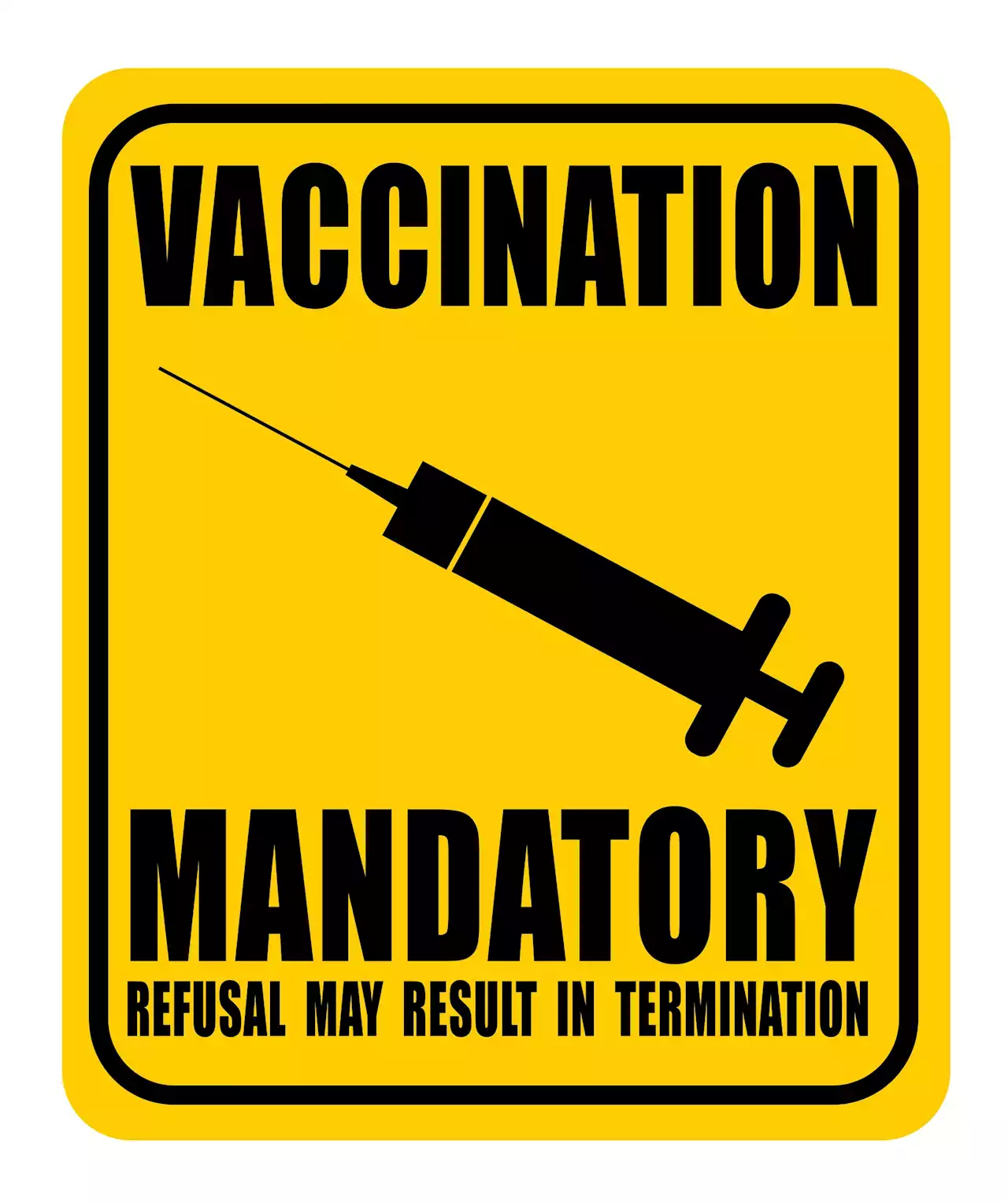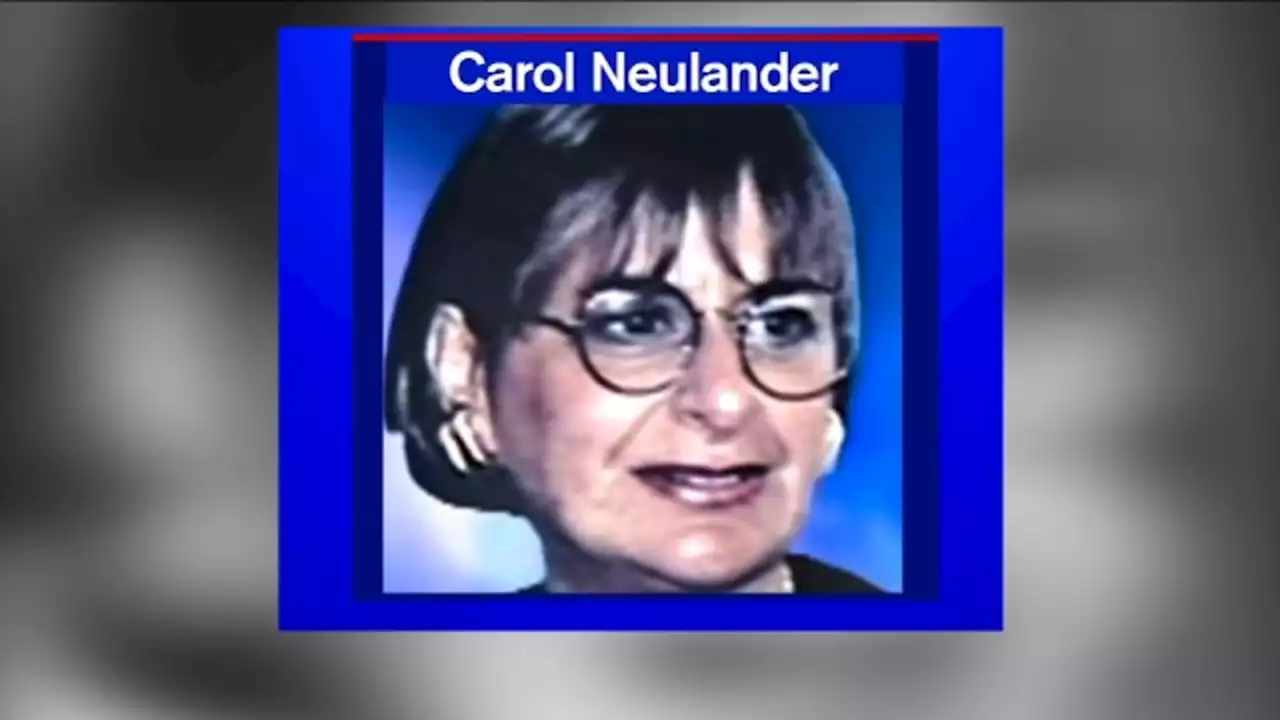New imaging tech could probe beyond corners, inside the body and more.
A new imaging technique might one day help physicians peer into human tissue and behind bones, let mechanics inspect moving machinery such as airplane turbines for tiny defects, or enable automated vehicles to see through dense fog or around blind corners. A study detailed in Nature Communications shows how the process, called synthetic wavelength holography, can capture detailed and nearly instant snapshots of objects hidden from view.
Light scatters when it bounces around a corner or travels through a cloudy material, says Atul Ingle, an electrical engineer at Portland State University who was not involved in the study. To see what lies on the other side of such obstacles, he says, “you need to undo the scattering and resolve the [hidden] structures with very high resolution.” The technique overcomes those challenges at frame rates fast enough for video, Ingle adds.
The process involves firing laser beams with slightly different wavelengths past obstructions—be it off a wall or through some translucent material—to strike a hidden target. The wavelengths that reflect back are captured and superimposed to produce an interference pattern that reveals the distances of objects hidden from direct view. This process draws from a technique called interferometry, which scientists have used to precisely measure the size and shape of stars and cell structures.
Willomitzer and his colleagues demonstrated that they could capture images of millimeter-sized letters beyond corners as well as through hazy plastic plates. Whereas previous imaging methods iteratively scanned thousands of pixels to compose a scene, this process required only two exposures to scan a near-hemispherical field of view.
Combining this technique with ultrasound imaging could eventually let doctors see around bones or view tiny blood vessels under skin, Ingle suggests. Both researchers say, however, that more work and testing are needed to turn that vision into reality. Probing a slab of living tissue is harder than peering through thin plastic—but in 10 or more years, Ingle says, this research could yield a practical, commercially available way to look beyond the line of sight.
France Dernières Nouvelles, France Actualités
Similar News:Vous pouvez également lire des articles d'actualité similaires à celui-ci que nous avons collectés auprès d'autres sources d'information.
 New Deal for New Zealand’s All Blacks Overcomes ResistanceU.S. private-equity firm Silver Lake agrees to smaller stake in New Zealand’s All Blacks national rugby team
New Deal for New Zealand’s All Blacks Overcomes ResistanceU.S. private-equity firm Silver Lake agrees to smaller stake in New Zealand’s All Blacks national rugby team
Lire la suite »
 New York fires unvaccinated workers - New York Amsterdam NewsThe city kept its promise and almost 1,500 municipal employees are without a job. VaccineMandate
New York fires unvaccinated workers - New York Amsterdam NewsThe city kept its promise and almost 1,500 municipal employees are without a job. VaccineMandate
Lire la suite »
 New directors in a new year - Chicago Reader'CJFC’s New Year’s Screening asks an American audience to consider the frailty and necessity of art in a mire of human difficulty and loneliness. Taken together, the two films paint a portrait of a thoughtful younger generation of Japanese artists ...'
New directors in a new year - Chicago Reader'CJFC’s New Year’s Screening asks an American audience to consider the frailty and necessity of art in a mire of human difficulty and loneliness. Taken together, the two films paint a portrait of a thoughtful younger generation of Japanese artists ...'
Lire la suite »
 Will a new Denver Broncos owner mean a push for a new stadium, too?Empower Field at Mile High is 21 years old — not exactly ancient history for football stadiums, but it puts the Broncos in the middle of the pack with respect to the rest of the league. Fifte…
Will a new Denver Broncos owner mean a push for a new stadium, too?Empower Field at Mile High is 21 years old — not exactly ancient history for football stadiums, but it puts the Broncos in the middle of the pack with respect to the rest of the league. Fifte…
Lire la suite »
 New play based on 1994 murder in New Jersey draws local criticismA 'true crime' musical based on a local murder case is raising some eyebrows in New Jersey Jersey. 'I think it's not a good idea at all. I think it's making a mockery out of it,' said one resident.
New play based on 1994 murder in New Jersey draws local criticismA 'true crime' musical based on a local murder case is raising some eyebrows in New Jersey Jersey. 'I think it's not a good idea at all. I think it's making a mockery out of it,' said one resident.
Lire la suite »
